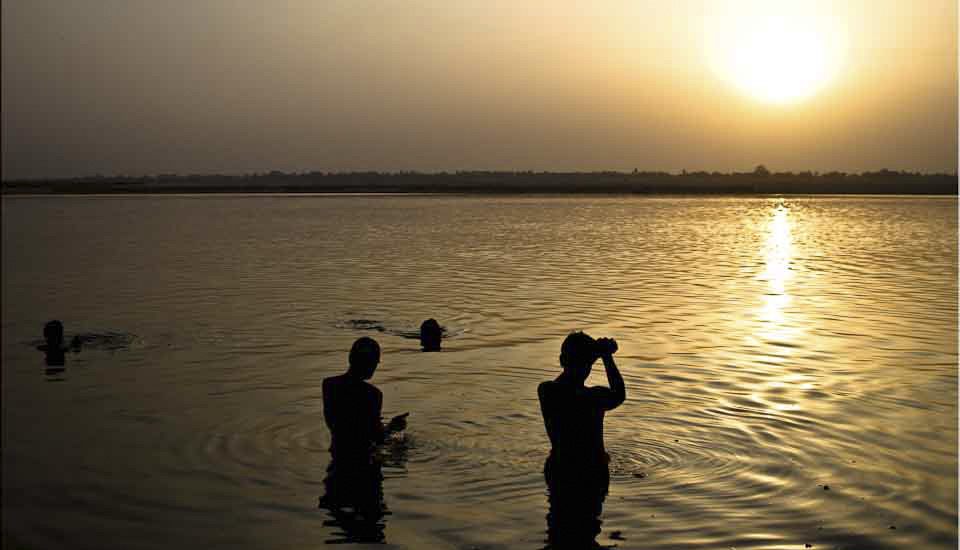
Regensburg Streets
Ancient history, charming buildings, and quirky shops attract tourists to the charming little Bavarian city of Regensburg.
The cities of Europe – even those which are lesser known to those of us who spend little time there – are fascinating for their charm and their long and rich history.
Regensburg, sitting at the confluence of the Danube, Naab and Regen Rivers, has been the centre of trade, political battle, and religious turmoil since the Stone Age. Located at the northern-most point of the Danube, Regensburg became the site of an important Roman encampment as early as 90AD.
Believed to be the seat of bishops from late Roman times, it is certain that the Bishopric of Regensburg was formally (re-) established in 739. Part of the Duchy of Bavaria from early 6th century and the capitol of Bavaria until the 13th century, Regensburg was also important during the reign of Charlemagne, and had a pivotal role in early Catholicism. Even after the city adopted the Protestant Reformation in 1542, the town remained the seat of a Roman Catholic bishop and several abbeys.
With the building of the Stone Bridge across the Danube in the middle of the 1100’s, Regensburg became a major centre of international trade, the local centre of culture, and renowned for gold work and fine fabrics.
During WWII, the city was home to an oil refinery and a Messerschmitt Bf 109 aircraft factory. In spite of this, strategic bombing on these targets by the Allied Forces left the medieval city centre nearly intact. This left a “notable number of historic structures span[ning] some two millennia and includ[ing] ancient Roman, Romanesque and Gothic buildings”, and resulted in the city’s UNESCO World Heritage Site listing today.

Tourists on the Canal
Regensburg, one of Europe’s best-preserved medieval cities, is ranked among Germany’s top tourist sights. Today, many international tourists arrive by canal boats and take walking tours through the old town centre.

“Fragments of Memories”
A memorial plaque on the Danube River at Regensburg names the emigrant ships that docked here in the 1700’s.

East Tower of Porta Praetoria
The Romans had their first fort in Regensburg from 90AD. Roman Fort Castra Regina (“Fortress by the River Regen”), originally built in 179, had an entry gate in each wall, with each gate flanked by two massive towers.

Porta Praetoria
In 1885, the remains of the Porta Praetoria, dating back to ancient Roman times, were rediscovered when the Bischofshof Brewery, built on the site some time later, was being renovated.

Roofline
From the cobbles to rooftops, history is in the stones all around.

City-Map Diorama
Gudhorn, a local guide, points out the old-city features to her walking group.

Regensburg Housing
Even the modern housing, on the other side of the river, has charm.

The Alte Würstküche
The “Old Sausage Kitchen” is reputedly Germany’s oldest restaurant: every day, staff in the 900 year-old building make and serve 6,000 sausages – with sauerkraut and mustard – to customers.

Men at Coffee
As is the case across Europe, much business is conducted in the coffee shops, in the streets.

David and Goliath
… past a mural of David and Goliath, originally painted by Melchior Bocksberger in 1573, on a building which stands in the place of an old 12th century inn in the “goliards” – a Goliathhaus: a word which, ironically, has nothing to do – etymologically – with the Goliath story.

Old Regensburg
A walk down Goliathstraße – “Goliath Street” – towards Haidplatz (Meadow or Heath) Square, leads, naturally enough …

Balcony
Everywhere, the old buildings have fresh paint and fresh flowers.

Statue of Don Juan de Austria
Oh, how complicated are the royal houses of Europe! Don Juan de Austria (Don John of Austria), who was born near here in 1547, was the illegitimate son of Holy Roman Emperor Charles V, heir to three of Europe’s leading dynasties and King of Germany, Italy and Spain, with Barbara Blomberg, a young Regensburg woman. Don Juan was well schooled, and was later recognised officially as an heir.

Old-Town Plaza
The plaza around the Old Town Hall is a pleasant place to gather.

Old Town Hall
Parts of the Old Town Hall itself date back to the 14th century.

Bay Window
The window and door details on the Old Town Hall are intricate and beautiful.

Arched Courtyard
Everywhere around the Old Town Hall plaza, there are colourful nooks and crannies.

Dirndles for Sale
Traditional clothing styles are experiencing a revival, and modern shops feature the Bavarian dresses in up-to-date fabrics.

Home of Reformation Discussions
More accidental history: Philipp Melanchthon (Schwartzerdt), follower and friend of Martin Luther, leader of the Lutheran Reformation, held discussions with Dr. Johann Maier von Eck, defender of Roman Catholicism in this house in 1541. The Lutherans (Protestants) won.

Schindler’s House
The city takes pride in the fact that Oskar Schindler, saviour of over 1200 Jews, lived here for a period of time after the war.

Another Clock Tower
More cobbled streets and archways lead to the famous 12th-century stone bridge .

Regensburg Cathedral
The Romanesque Cathedral of St. Peter was originally begun in 1273 and completed in 1525, with ongoing additional touches and restorations through to the 2000s.

“Hutkönig” the Hat King
With an extensive range of men’s and women’s millinery, the “Hutmacher am Dom” got our complete attention for as long as it took to find the perfect style and fit.

“2000 Years”
A modern sculpture incorporating 200 fish – to represent 2000 years of Regensburg history – also marked our return to our boats.
Wandering around an old city is a great way to learn some history –

And to acquire a new hat!
Happy Rambles!
Pictures: 18August2014


































.png)


[…] UNESCO-listed centre of Regensburg, one of Europe’s best-preserved medieval cities (see: Bavarian History and Charm), we set off on an optional afternoon trip to Kelheim, at the southernmost point of the […]
[…] beautiful post about Regensburg I found is here.If you want to know more why this place is a UNESCO World Heritage site, then you […]